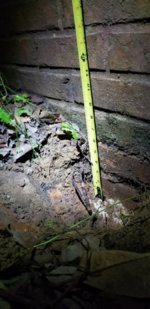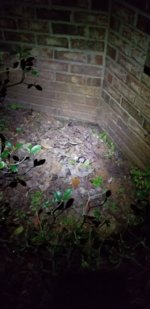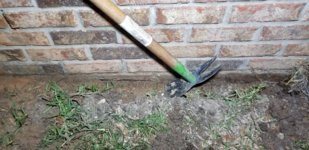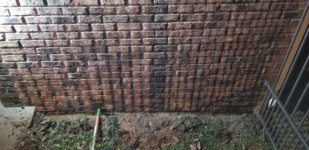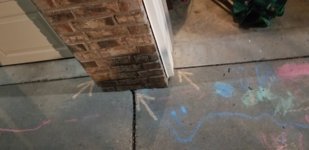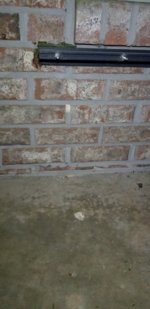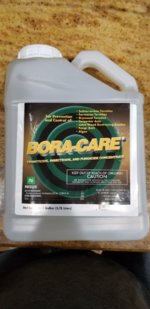- 39,223
- 274
Now that I'm living where if you throw a board out in the yard it'll have termites before it hits the ground I figured I would do a preventative termite treatment on the house. The house is 15 years old and I'm sure the site was sprayed pre-construction but this is a cheap peace of mind. Judging by the previous owner's lack of maintenance I'm sure he wasn't doing some DIY pest control. Sure I could have a termite contract and have them come spray the perimeter once per year but the chemicals they use as a preventative have a short lifespan and they do not bond to surfaces. The biggest problem is they're a detectable repellent. Now let's say I called them to treat an active infestation. Then they would bring out the good stuff and likely use a product called Termidor. They use high-pressure wands and inject the chemical under the surface of the soil up against the house. Termidor is a non-repellent chemical that termites cannot detect. It bonds with soil for over 30 years and any critter crawling through that protective barrier will die. It takes a couple of weeks for them to die and that's by design. It's a delayed reaction chemical so that the termites come and go and contaminate the hive, their tunnels, and each other. By the time they knew what hit them it's too late. The great thing is it's no more toxic than a cat's flea collar as the pesticide is fipronil.
I used this product in a house I had in Ohio that got termites and it completely wiped them out.
They just came out with a new chemical called Termidor HE for high efficency which allows you to use half the solution as Termidor SC and only scratch out half the trench.
To apply it you have to mix 1.6 oz of termiticide per gallon of water.
The application rate is 2 gallons per 10 linear foot of trench, per foot of footer depth below grade. The trench is 2 inches deep by 4 inches wide.
A 79oz container will do about 250 linear foot and runs about $249 per container. Roughly a dollar per foot cost.
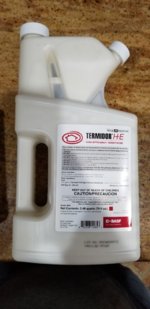
I used this product in a house I had in Ohio that got termites and it completely wiped them out.
They just came out with a new chemical called Termidor HE for high efficency which allows you to use half the solution as Termidor SC and only scratch out half the trench.
To apply it you have to mix 1.6 oz of termiticide per gallon of water.
The application rate is 2 gallons per 10 linear foot of trench, per foot of footer depth below grade. The trench is 2 inches deep by 4 inches wide.
A 79oz container will do about 250 linear foot and runs about $249 per container. Roughly a dollar per foot cost.



